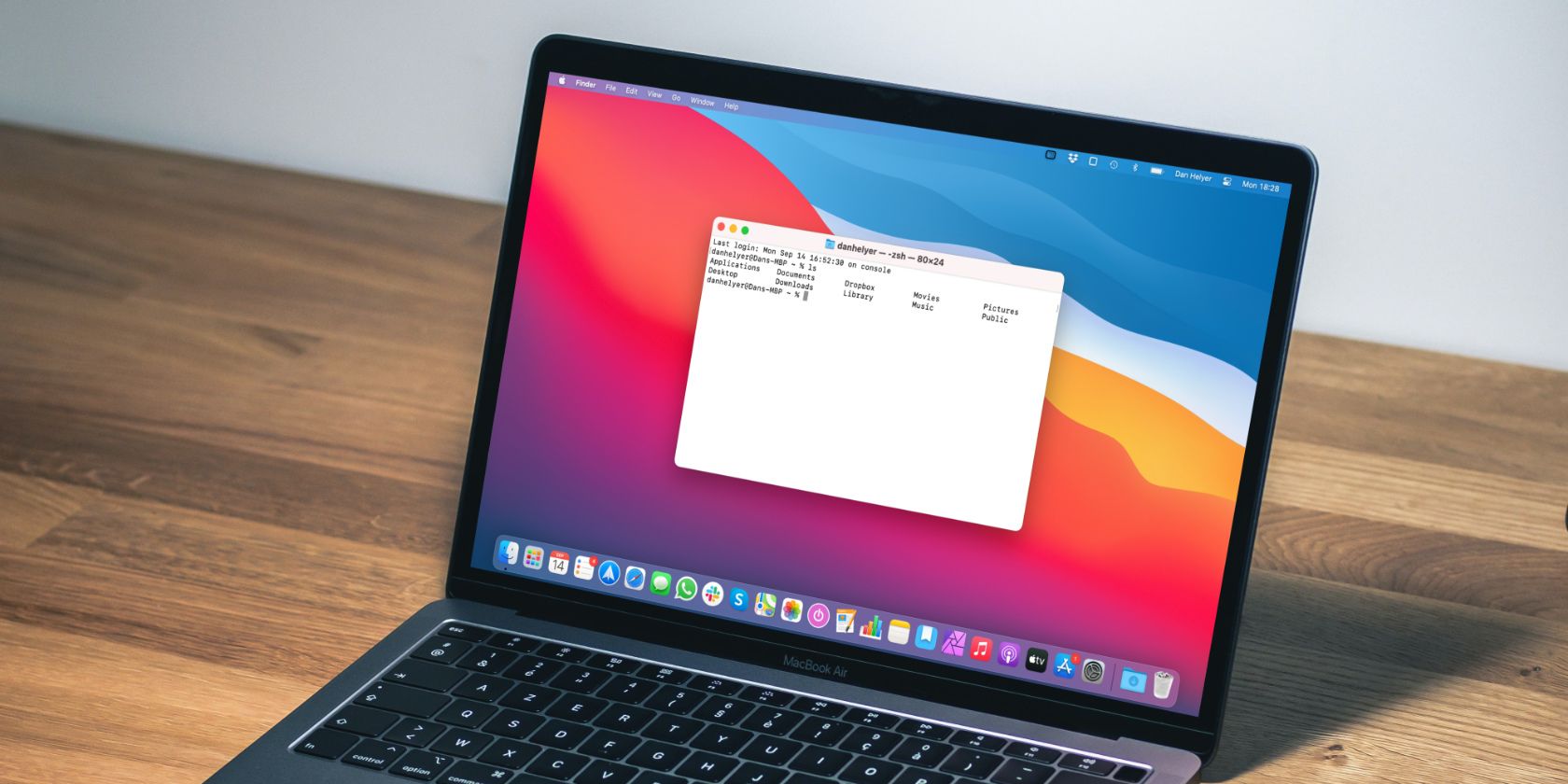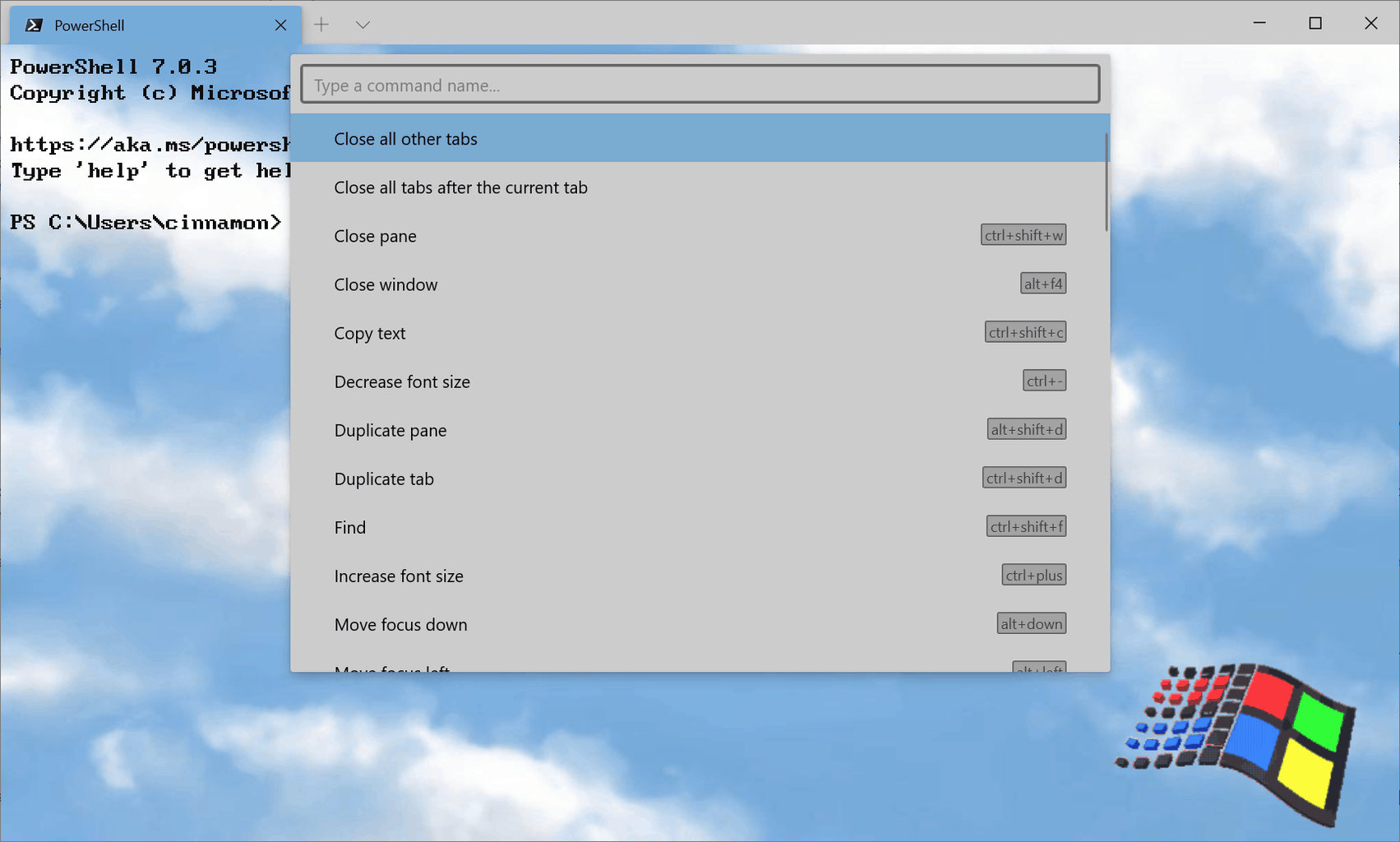

- #FINDER OPEN IN TERMINAL HOW TO#
- #FINDER OPEN IN TERMINAL MAC OS X#
- #FINDER OPEN IN TERMINAL UPDATE#
- #FINDER OPEN IN TERMINAL FULL#
- #FINDER OPEN IN TERMINAL FREE#
However, this doesn’t affect the recommendations our writers make. We may earn commissions on purchases made using our links. IGeeksBlog has affiliate and sponsored partnerships.
#FINDER OPEN IN TERMINAL HOW TO#
How to bookmark a folder in Finder on Mac.iPhone not showing up in Finder on Mac? 7 quick fixes.Add iCloud Drive to Finder Sidebar on Mac.
#FINDER OPEN IN TERMINAL FULL#
#FINDER OPEN IN TERMINAL UPDATE#
If you know of any other fix to resolve the issue, let us know in the comments and we’ll update the post. If it takes more than a restart or two to get things back to normal, it’s most likely an issue of corrupted system files. Most of the time, a simple force quit and relaunch brings Finder back to life.
#FINDER OPEN IN TERMINAL MAC OS X#
If all else fails, you may need to reinstall Mac OS X to repair any corrupt system files.

From the list of running apps, click Finder and then click Relaunch. Open Task Manager by pressing Option + Command + Esc. The first method to get your Finder back is to quit it forcefully and then see if it starts up normally again. The command line is a powerful tool to get things done when everything else fails. Delete Finder corrupted file using terminal Relaunch Finder. Delete Finder corrupted file using Terminal If that doesn’t help, there’s one last trick that could help you out. If that doesn’t help, try restarting your Mac and see if you’ve got it working. To log out from your Mac, click the Apple logo and then click the last option, Log Out. Make sure you log out rather than just locking your Mac. This kills all running processes and starts them back up when you log in. If none of the fixes above seems to help, try logging out and back into your Mac. But just in case it doesn’t help either, you may need to follow a more involved route. You’ll notice Finder removed from the list of running processes. Click Finder from the list of processes running.Launch the Activity Monitor app using the Launchpad.Otherwise, keep reading!Īnother way to force quit Finder is by using the Activity Monitor app on Mac.
#FINDER OPEN IN TERMINAL FREE#
If that method worked for you, feel free to get back to your business. But if it doesn’t turn out as expected, keep reading. If things are executed as planned, you may have a fully functional Finder at your disposal.

To do this, press Option key and right click (two finger tap on trackpad) on Finder in dock ❯ click Relaunch.ģ. Type the following command: defaults write _FXShowPosixPathInTitle -bool YES Ģ. How to open terminal? Open Finder ❯ Go to Applications ❯Utilities ❯ Open Terminalġ. To do this you need to open the Terminal in Mac utilities. Enabling full path in the Finder window title bar Especially, Windows users would want this as they have a habit of seeing full path in the title bar. However if you want you can enable the full path view in Finder window title bar. By default the title bar of Finder window only shows the current folder name. It is also possible to add a keyboard shortcut for the command, e.g. Sometimes while browsing through files, we need to see the full path to the file so that we don’t loose the track. Here’s how to add Open in Terminal in the context menu (right-click menu) of folders in Finder: Go to System PreferencesKeyboardKeyboard ShortcutsServices and enable New Terminal at Folder (or New Terminal tab at Folder).


 0 kommentar(er)
0 kommentar(er)
